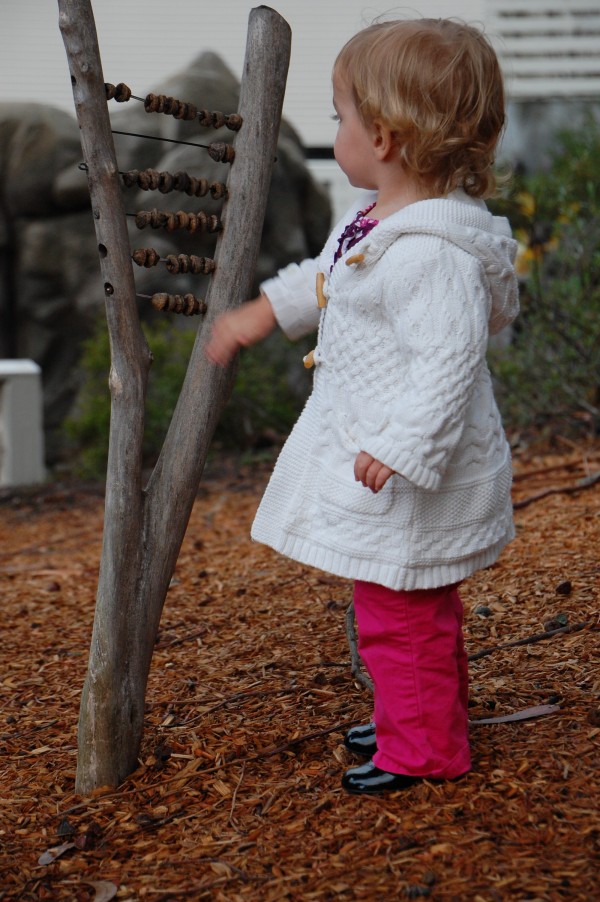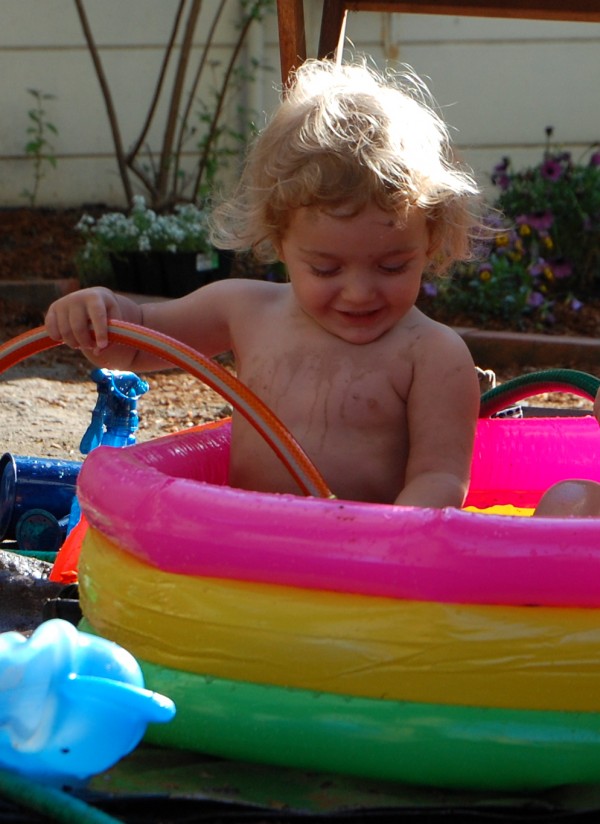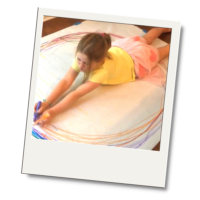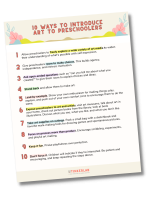
Outdoor Abacus. Tot Spot, Children’s Discovery Museum, Sausalito
Although I grew up in the culturally-rich and naturally-poor concrete jungle of Los Angeles, I had the good fortune of having a wild backyard at my imaginative disposal. On the hillside of our rough-and-tumble yard, my parents thoughtfully installed a playhouse filled with nooks and crannies for storing treasures and a magical trap door, hidden beneath a rug, where we could escape into a dirt patch next to an apple tree. We built forts in the overgrown bushes, picked apricots, pears, and plums from our trees, and generally invented our own little universe in the world behind our house.
In contrast, 100 yards beyond our front door lay a busy intersection, replete with a fire station, liquor store, abandoned hospital, and a bar that opened at 6 am and advertised “live girls and pool.” Until I was about eight, I actually thought they had a swimming pool in there, and imagined girls floating around on rafts just beyond the saloon doors. Sigh. Despite our less than pastoral location, having access to a backyard wonderland filled me with a love of nature that one wouldn’t expect in a city child.
Similarly, you may live in a less-than-ideal spot with few options to take your kids on nature walks or let them roam the neighboring creek, and it could be helpful to peek at an idealized utopia of nature-play to seek some inspiration for fostering creativity in the great outdoors.

Playing with Mud and Water
To get us started, in their article, Children’s Outdoor Play and Learning Environment: Returning to Nature (1), playground designer and early childhood experts Randy White and Vicki Stoecklin, found that when given the option of imagining their ideal outdoor play space, children would choose things like water, sand, and vegetation over jungle gyms and slides…a surprising observation in light of what most of our neighborhood parks actually look like. The reason? “Traditional playgrounds with fixed equipment do not offer children opportunities to play creatively (2) and promote competition rather than cooperation (3).” (Play Outside. Public Schools of North Carolina.). Slides and swings are no doubt fun, but children will bore more quickly of these closed-ended activities than they will of open-ended play spaces like sandboxes, forts, ponds, and climbing trees that allow for plentiful interpretations.
Playground designer, Randy White shares a comprehensive and workable list of things that children prefer in outdoor environments. I’ve found that some of these ideas can be implemented on a small-scale, and that inspiration can be found for even the most lacking of outdoor spaces. These are also great things to look for when searching for playgrounds or preschools that foster creative growth through outdoor play.
Basic Components of Naturalized Play Environments (4):
- Water
- Plentiful indigenous vegetation, including trees, bushes, flowers and long grasses that children can explore and interact with
- Animals, creatures in ponds, butterflies, bugs
- Sand, and best if it can be mixed with water
- Diversity of color, textures and materials
- Ways to experience the changing seasons, wind, light, sounds and weather
- Natural places to sit in, on, under, lean against, climb and provide shelter and shade
- Different levels and nooks and crannies, places that offer socialization, privacy and views
- Structures, equipment and materials that can be changed, actually, or in their imaginations, including plentiful loose parts
References:
(1) White, Randy and Vicki Stoecklin, Children’s Outdoor Play and Learning Environment: Returning to Nature. Early Childhood News magazine, March/April 1998.
(2) Walsh, P. (1993). Fixed equipment – a time for change. Australian Journal of Early Childhood, 18(2), 2329.
(3) Barbour, A. (1999). The impact of playground design on the play behaviors of children with differing levels of physical competence. Early Childhood Research Quarterly, 14(1), 7598.
(4) White, Randy. Young Children’s Relationship with Nature: Its Importance to Children’s Development & the Earth’s Future. Taproot, Fall/Winter 2006, Vol. 16, No. 2. The Coalition for Education in the Outdoors, Cortland, NY.
Resources
Play Outside: Recommended Resources for Outdoor Learning Environments. Inspiring quotes, articles, and research for parents and early childhood educators.
Outdoor Learning Environments. National Clearninghouse for Educational Facilities. A long, detailed list of articles, videos and research on outdoor learning spaces.




Thank you for a great post. I believe it is so important to try to bring back nature into our children’s play environments.
Thanks for the really nice comment. I agree, and it’s especially important for those of us who live in urban and suburban environments. Nature is full of so much magic!
If it wasn’t for our outdoor space, Simone and I would have gone crazy by now.Our backdoor is always open and Simone can come in and out as she pleases. It’s her space to explore, create, swing quietly, bounce til she’s exhausted, slide and do tricks. it’s our gift.
Oh, how I long for a backdoor that’s attached to the yard. Free access to outdoor space is a gift that allows a child to be independent and create their own little world. Kids need mental space too!
Nice to meet you, Rachelle! I grew up (and still live) in Los Angeles & am now raising kids here. It IS a challenge to connect with nature sometimes, but we’re finding our way. My blog is all about connecting kids with nature right here in Los Angeles! I’m looking forward to your new series — I’m always searching for new ideas!
Hi Debi! I’m glad you found me and I’m equally glad to know about your blog. Funny how we both grew up in LA and somehow managed to find a love for nature. What part of town are you from? I look forward to being in touch 🙂
That’s hilarious that you imagined a swimming pool in the AutoBar (which is now a pretty nice Italian Restaurant). I’m so glad you liked the playhouse and the steep backyard. You always begged for a lawn, and I felt badly that we couldn’t plant one on a hillside. Ah, but there were more places to hide and explore on the hill, so maybe that was a blessing in disguise.
Mom!! I can’t believe I never told you about my interpretation of the Auto Bar!? It was really hard to imagine anything as lovely as a swimming pool in that crusty space, but at the time I couldn’t figure out what else the sign could mean. 🙂 I did always want a lawn (slip ‘n slides are too much fun!), but we adapt to what we have, and the hillside was full of wonderful opportunities for discovery and play. xo
[…] you ever organized or gone on a mystery trip? They’re so fun, and can make even the most ordinary outing an adventure. On this recent trip to […]